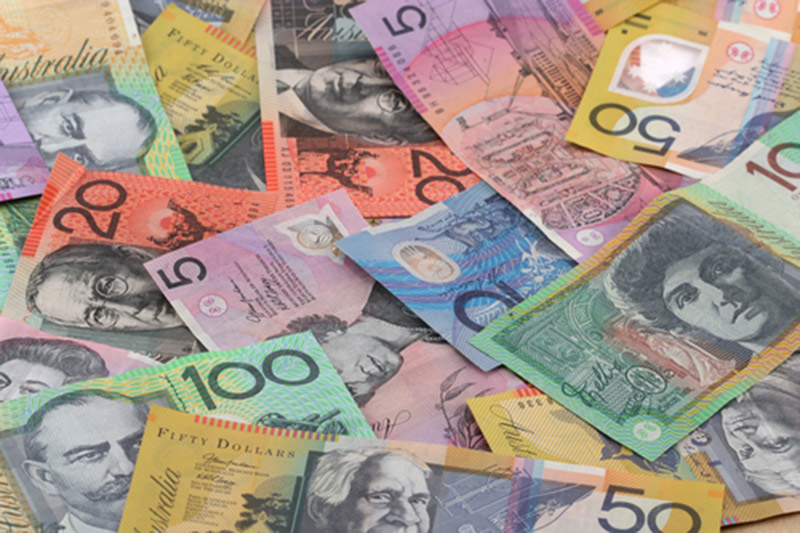Investing.com - The Aussie held weaker despite a surprise jump in the AIG manufacturing index and the yen fell in Asia on Monday ahead of a busy data day with China manufacturing in focus.
USD/JPY was quoted at 102.36, up 0.32%, while AUD/USD traded at 0.7586, down 0.26%, with the currency's fortunes closely tied to trade with China.
Australia said the AIG manufacturing index for July spiked to 56.4, compared with last month's figure at 51.8. The index rose further in July for the 13th month in a row and marking the longest period of expansion in over a decade. The recovery was mainly due to stronger exports and import replacements, which were helped by a more competitive exchange rate. Then comes HIA new home sales for June with the last figure down 4.4% month-on-month.
In China, the semi-official manufacturing PMI published by the National Bureau of Statistics (NBS) and the China Federation of Logistics and Purchasing for July is expected to hit bang-on 50, the same as last month. The CFLP non-manufacturing PMI is also due, with last month's level at 53.7.
Later, the Caixin manufacturing PMI is due with a reading of 48.7 expected for July, which was up a tad from 48.6 the previous month.
The U.S. dollar index, which measures the greenback’s strength against a trade-weighted basket of six major currencies, was last quoted at 95.53.
In the coming week, the U.S. reports nonfarm payrolls data and ISM data on both manufacturing and service sector activity. As well, Thursday’s rate announcement from the Bank of England will be in focus, amid mountings expectations the central bank will step up monetary stimulus to counteract the negative economic shock from the Brexit vote.
Last week, the U.S. dollar plunged against a basket of major currencies on Friday, after data showed that the U.S. economy grew at a slower pace than expected in the second quarter, while the yen soared after the Bank of Japan disappointed market expectations for stimulus.
The advance read on second quarter U.S. GDP showed a 1.2% annualized growth rate, well below expectations for 2.6%, the Commerce Department said on Friday. First quarter GDP was revised lower to 0.8% from 1.1%.
The disappointing data lessened the threat of an early interest rate rise from the Federal Reserve. Fed funds futures priced in just a 12% chance of a rate hike by September by late Friday. December odds were at 33%, down from 43%
a day earlier and compared to 53% at the start of the week.
The Fed left interest rates unchanged on Wednesday and said near-term risks to the U.S. economic outlook had diminished. However, the central bank stopped short of signaling that a further increase in U.S. interest rates is on the cards for later this year.
Meanwhile, the yen rallied after the Bank of Japan approved only moderate stimulus measures at Friday's monetary policy meeting, disappointing markets which were hoping for much more aggressive easing.
While the BoJ eased its monetary policy further by increasing its purchases of exchange-traded funds, it opted not to cut interest rates deeper into negative territory or increase the monetary base, as analysts had widely expected.
The BoJ said it will conduct a thorough assessment of the effects of negative interest rates and its massive asset-buying program in September, suggesting that a major overhaul of its stimulus program may be forthcoming and reviving expectations it could adopt some form of "helicopter money".
